Class 8 Exam > Class 8 Notes > Social Science Class 8 - New NCERT > Key Concepts: The Colonial Era in India
Key Concepts: The Colonial Era in India | Social Science Class 8 - New NCERT PDF Download
The Age of Colonialism
- Colonialism means one country controls another’s land, economy, and culture.
- The “Age of Colonialism” (15th–19th centuries) saw European expansion by Spain, Portugal, France, Britain, and the Netherlands.
- Motivations included political rivalry, trade and wealth, religious conversion, and exploration.
- It led to exploitation, loss of independence, and destruction of local cultures.
Europeans in India
The Portuguese: commerce and atrocities
- Vasco da Gama reached Calicut in 1498, beginning European colonisation.
- Captured ports like Goa (1510) and controlled sea trade through the cartaz (permit) system.
- The Goa Inquisition (1560–1812) caused religious persecution and forced conversions.
- Rani Abbakka of Ullal resisted their attacks.
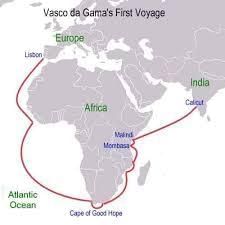
The Dutch: commerce and competition
- Focused mainly on trade, not conquest.
- Formed the Dutch East India Company; established posts in Surat, Cochin, and Nagapattinam.
- Defeated by King Marthanda Varma of Travancore at the Battle of Colachel (1741), ending their power in India.
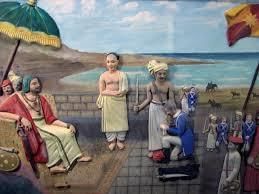
The French: colonial ambitions
- Set up the French East India Company (1668) with Pondicherry as its base.
- Dupleix trained Indian sepoys and interfered in local politics.
- Lost influence after the Carnatic Wars (1746–1763) to the British.
- Generally avoided religious interference except for isolated incidents.
Question for Key Concepts: The Colonial Era in IndiaTry yourself: What did the Portuguese explorer Vasco da Gama do in 1498?View Solution
Enter the British
From traders to rulers
- The East India Company began as a trading body under a royal charter from Queen Elizabeth I.
- Established early posts at Surat, Bombay, Madras, and Calcutta.
- Gradually turned from traders to rulers using diplomacy and force.
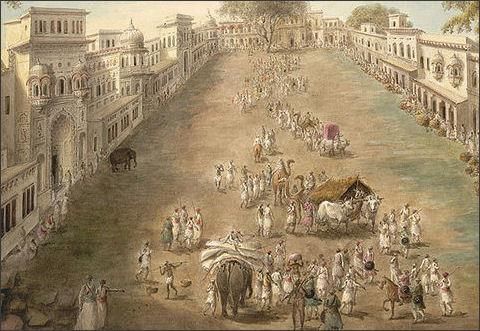 Trading Post
Trading Post
The strategy of ‘divide and rule’
- Exploited rivalries between Indian rulers and religious divisions.
- Battle of Plassey (1757): Robert Clive allied with Mir Jafar to defeat Siraj-ud-Daulah of Bengal.
- Introduced the Doctrine of Lapse (annexation without a male heir) and Subsidiary Alliances (British protection for control).
- These policies expanded British influence across India.
From Paradise to Hell?
Devastating famines
- The Bengal Famine (1770–72) killed nearly 10 million people due to excessive taxation and crop failure.
- Later famines, like the Great Famine (1876–78), killed millions more.
- British policies of grain export, free trade, and non-intervention worsened the crises.
The drain of India’s wealth
- India’s wealth was systematically transferred to Britain through taxes and trade.
- The Industrial Revolution in Britain was partly financed by Indian plunder.
- Dadabhai Naoroji and R.C. Dutt exposed this economic drain.
- Modern estimates suggest around $45 trillion drained from India (1765–1938).
Changing Landscapes
Decline of India’s indigenous industries
- India’s thriving textile, metal, and craft industries collapsed under unfair trade laws.
- The British imposed high tariffs on Indian exports and flooded India with cheap British goods.
- This caused deindustrialisation and widespread poverty among artisans.
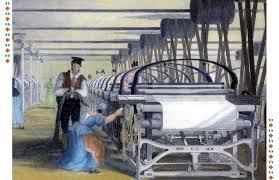 British Textile Mill
British Textile Mill
Dismantling traditional governance structures
- Local village councils were replaced by centralised British bureaucracy.
- British legal codes ignored Indian customs.
- Governance focused mainly on tax collection, not public welfare.
Transforming Indian education: creating ‘brown Englishmen’
- Traditional learning (gurukuls, madrasas, pathshalas) declined.
- Macaulay’s Minute (1835) introduced English education, calling Indian literature “inferior.”
- Aim: to create Indians “Indian in blood but English in taste and intellect.”
- Led to cultural alienation and a divide between English-educated elites and others.
Reshaping economic structures to serve imperial needs
- India was turned into a supplier of raw materials and a market for British goods.
- Railways and telegraphs were built mainly for British trade and army movement.
- Funded by Indian taxes, meaning Indians paid for their own exploitation.
Question for Key Concepts: The Colonial Era in IndiaTry yourself: What do changing landscapes often refer to?View Solution
Early Resistance Movements: Challenging Colonial Authority
The ‘Sannyasi-Fakir rebellion’
- Hindu and Muslim ascetics revolted after the Bengal famine, opposing restrictions and taxes.
- Inspired by Bankim Chandra Chattopadhyay’s novel Anandamath and the song “Vande Mataram.”
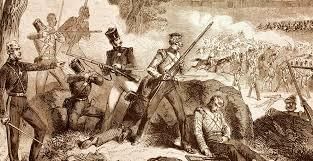 Sannyasi-Fakir Rebellion
Sannyasi-Fakir Rebellion
Tribal uprisings
- Tribes like Kols, Mundas, and Santhals resisted land seizures and forest restrictions.
- Kol Uprising (1831–32) and Santhal Rebellion (1855–56) led by Sidhu and Kanhu Murmu.
- Suppressed brutally but inspired future resistance.
Peasant uprisings against economic exploitation
- Peasants protested high taxes and forced indigo cultivation.
- The Indigo Revolt (1859–62) saw peasants in Bengal refuse to grow indigo for European planters.
- Supported by Bengali reformers and press, forcing the British to introduce some reforms.
The Great Rebellion of 1857
- Sparked by the use of cartridges greased with cow and pig fat, offending Hindu and Muslim soldiers.
- Began in Meerut, spread to Delhi, Kanpur, Lucknow, and Jhansi.
- Key leaders: Mangal Pandey, Rani Lakshmibai, Nana Saheb, Tatia Tope, Begum Hazrat Mahal.
- Marked the first major fight for freedom.
- Failed due to lack of unity but ended East India Company rule (1858) and began the British Raj under the Crown.
The Legacy of European Colonialism in India
- Colonial rule led to economic exploitation, cultural loss, and poverty.
- Some unintended outcomes: archaeological studies, documentation, and global recognition of Indian culture.
- Translations of Sanskrit texts influenced European philosophy and literature.
- Despite a few positive exchanges, the colonial period mainly brought oppression, inequality, and underdevelopment.
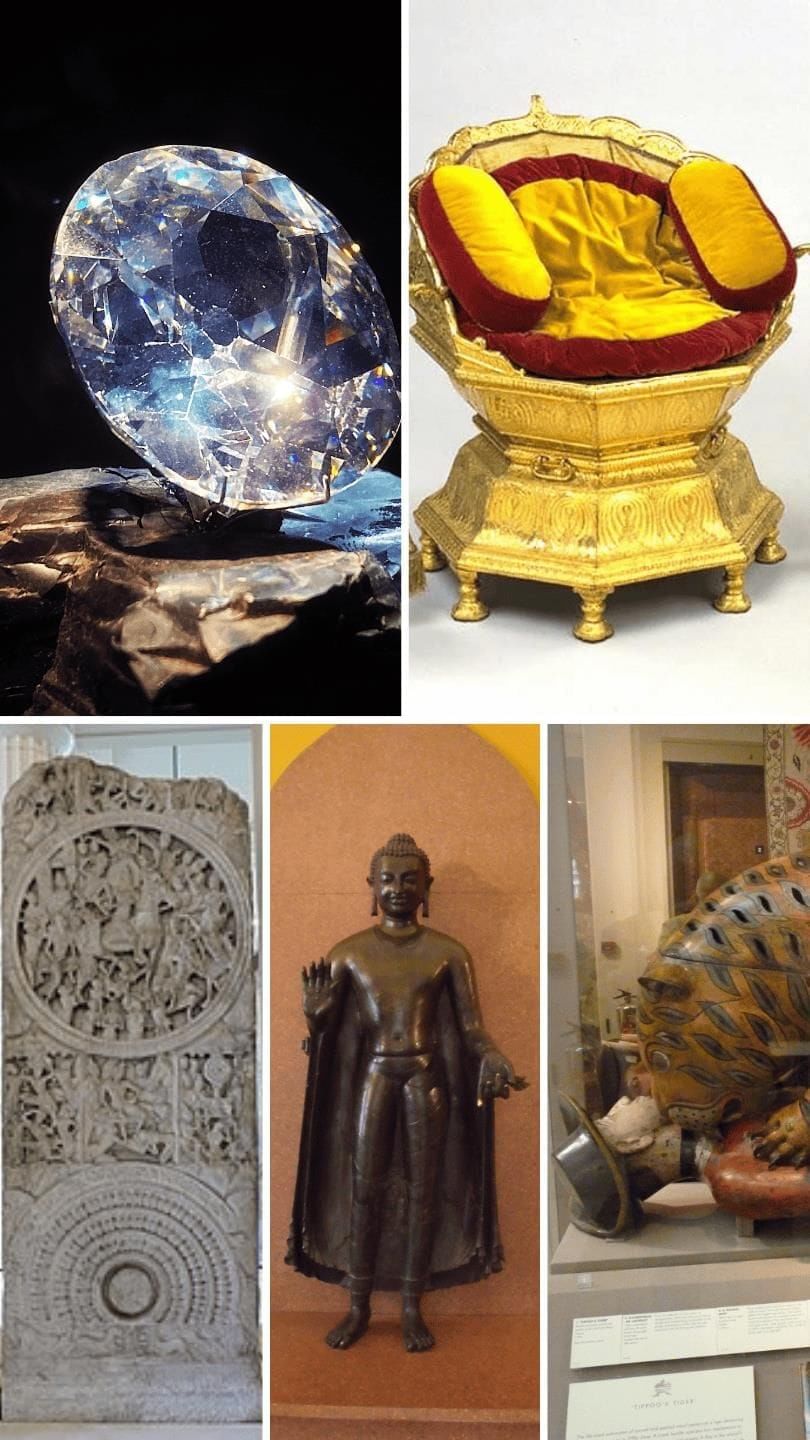 Indian Artefacts in the British Museum
Indian Artefacts in the British Museum
Question for Key Concepts: The Colonial Era in IndiaTry yourself:What was a major cultural impact of European colonialism in India?
View Solution
The document Key Concepts: The Colonial Era in India | Social Science Class 8 - New NCERT is a part of the Class 8 Course Social Science Class 8 - New NCERT.
All you need of Class 8 at this link: Class 8
|
31 videos|128 docs|7 tests
|
FAQs on Key Concepts: The Colonial Era in India - Social Science Class 8 - New NCERT
| 1. What were the primary motivations behind European colonialism in India? |  |
Ans.The primary motivations behind European colonialism in India included the desire for economic gain, access to valuable resources such as spices, textiles, and precious metals, and the expansion of trade routes. Additionally, there was a strong interest in spreading Christianity and European culture, as well as a belief in the superiority of European civilization, which fueled the desire to dominate and control other regions.
| 2. How did the British East India Company establish control over India? |  |
Ans.The British East India Company established control over India through a combination of military force, strategic alliances, and economic exploitation. Initially, they gained footholds through trade, but over time, they began to use military power to defeat rival kingdoms and expand their territory. Key battles, such as the Battle of Plassey in 1757, allowed the Company to assert dominance and gradually take control of large parts of India.
| 3. What was the impact of the Great Rebellion of 1857 on British colonial rule in India? |  |
Ans.The Great Rebellion of 1857, also known as the Sepoy Mutiny, significantly impacted British colonial rule in India. It marked a turning point, leading to the dissolution of the British East India Company and the establishment of direct British government control over India. The rebellion highlighted widespread discontent with colonial rule and prompted the British to implement reforms in administration and military practices, as well as address some grievances of Indian subjects.
| 4. In what ways did colonialism change the landscape of India? |  |
Ans.Colonialism dramatically changed the landscape of India through the introduction of new agricultural practices, infrastructure development, and urbanization. The British established railways, roads, and telegraphs, which transformed transportation and communication. Additionally, colonial policies altered land use and ownership, often leading to the displacement of local communities and changes in traditional farming practices, which had long-term effects on rural economies.
| 5. What were some early resistance movements against British colonial authority in India? |  |
Ans.Early resistance movements against British colonial authority in India included the Sannyasi and Fakir Rebellion, which involved local leaders and religious figures challenging colonial policies in the late 18th century. Additionally, the Wahhabi movement sought to reform Islamic practices and resist British rule. These movements were often localized and reflected the diverse grievances of different communities before the larger, more unified resistance of the Great Rebellion of 1857.
Related Searches
















